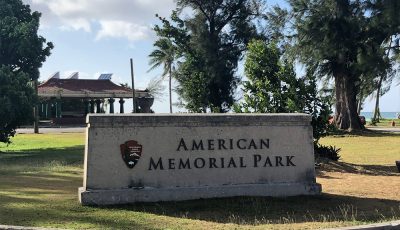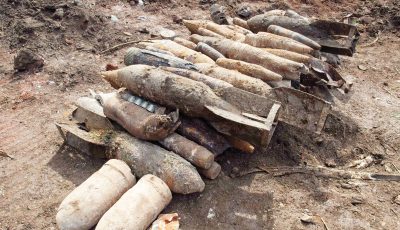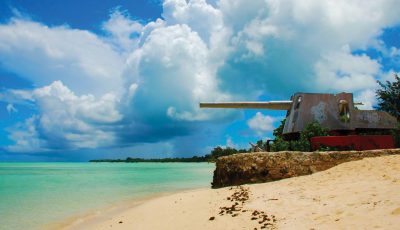Sea lions to be used for WWII aircraft recovery
The CNMI Division of Fish and Wildlife and CNMI State Veterinarian through the Department of Lands and Natural Resources are currently assisting with the ongoing efforts initiated by the Defense POW/MIA Accounting Agency and in partnership with East Carolina University Archeology Department to locate and identify aircraft lost on Saipan during World War II.
DLNR Secretary Anthony Benavente said that the National Marine Mammal Program for the U.S. Navy had been in contact with their personnel to discuss the quarantine entry of California sea lions as a rapid reacquisition force.
“This effort has taken months of planning and our department is pleased to assist with this project. The CNMI has a very unique exemption in regard to animals cared for by the U.S. Navy’s Marine Mammal Program for national defense purposes and much like what we’ve seen with the recovery with the remains of lives lost during the war, there has been increasing accountability for aircrafts that still remain in our waters affecting our natural resources,” Benavente said.
Risa Daniels, regulatory specialist and diagnostic coordinator of the NMMP, who handles importation and exportation permits, has been the key point of contact for this initiative.
Benavente stated that, along with Daniels, the initiative is directly in support of the DPAA mission to provide the fullest possible accounting for U.S. missing personnel to their families and the nation.
According to DFW’s Manny Pangelinan, a site survey has been performed to prepare for the arrival of the sea lions.
“Based on information provided by…Daniels, there are five known lost aircrafts within our waters and recovery would definitely improve the state of the surrounding lagoon,” Pangelinan said.
As emphasized by Daniels in recent correspondence, the NMMP will use two to three California sea lions who are skilled at deep water recoveries and are an important asset in the location of the lost aircraft.
“The sea lions deploying to Saipan will be adult males. The current plan is to fly the animals into Saipan on or about May 23, 2018. From the airport they will be transported to Tanapag Harbor work in the waters off Tanapag Harbor. Animals will be under stimulus control and are harnessed with tracking devices. While [on] Saipan there is minimal potential for interaction with humans, flora or other marine mammals during operational periods and no interaction during non-operational hours,” she said.
Gov. Ralph DLG. Torres said that DLNR has been steadfast in assisting the federal agencies and reiterated the extra caution the department has taken in regards to infectious and contagious diseases.
“I commend DLNR for their assistance with this program and recognize their assurance that these mammals will perform their mission without further compromising our natural resources. I welcome the NMMP to our Commonwealth and look forward to the aircraft recoveries,” Torres said. (PR)



























